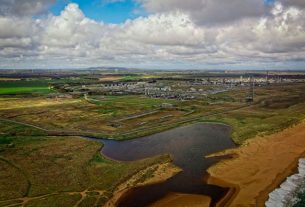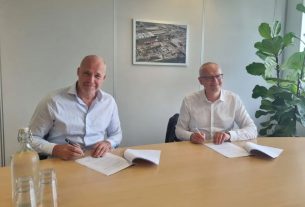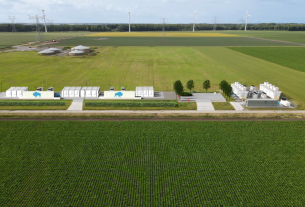The Netherlands – Air Liquide has unveiled plans to construct, own, and operate a world-scale carbon capture unit in the industrial heartland of Rotterdam, the Netherlands.
Leveraging its proprietary Cryocap technology, this innovative initiative aims to revolutionize the carbon capture landscape, with profound implications for hydrogen production and emissions reduction.
The primary objective of this ambitious venture is to capture carbon dioxide (CO₂) from Air Liquide’s existing hydrogen production plant in the port of Rotterdam. Cryocap, a cutting-edge cryogenic process, will be the technological cornerstone for this carbon capture unit. The captured CO₂ will then journey through the evolving Porthos infrastructure, a substantial carbon capture and storage system, before finding a permanent home in depleted gas fields beneath the North Sea, approximately 20 kilometers off the coast.
Cryocap – cryogenic breakthrough
Cryocap, the proprietary technology at the heart of this operation, is designed to capture CO₂ using a cryogenic process. Air Liquide’s expertise in this realm promises an efficient and reliable solution for carbon capture. The cryogenic method involves cooling gases to extremely low temperatures, facilitating the separation and capture of CO₂, paving the way for more sustainable hydrogen production.
The collective efforts of Air Liquide and the Porthos infrastructure are anticipated to make a substantial impact. The Porthos project, as a whole, aims to reduce emissions by an impressive 2.5 million tons of CO₂ annually. This translates to approximately 10% of the current CO₂ emissions from the Rotterdam industrial sector. Recognized by the European Union as a Project of Common Interest, Porthos aligns with broader energy and climate policy objectives.
Air Liquide’s carbon capture unit is slated for operation by 2026. The strategic placement of the unit within the Porthos framework ensures a seamless integration into one of Europe’s largest carbon capture and storage infrastructures.




